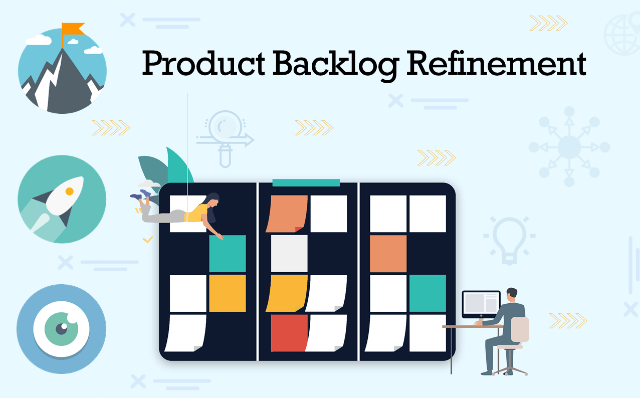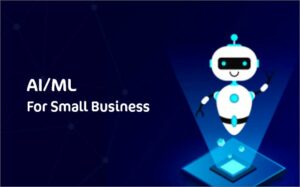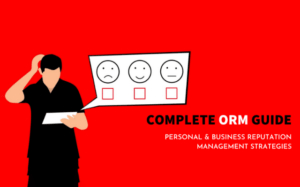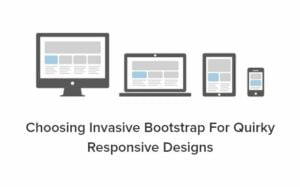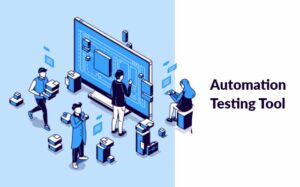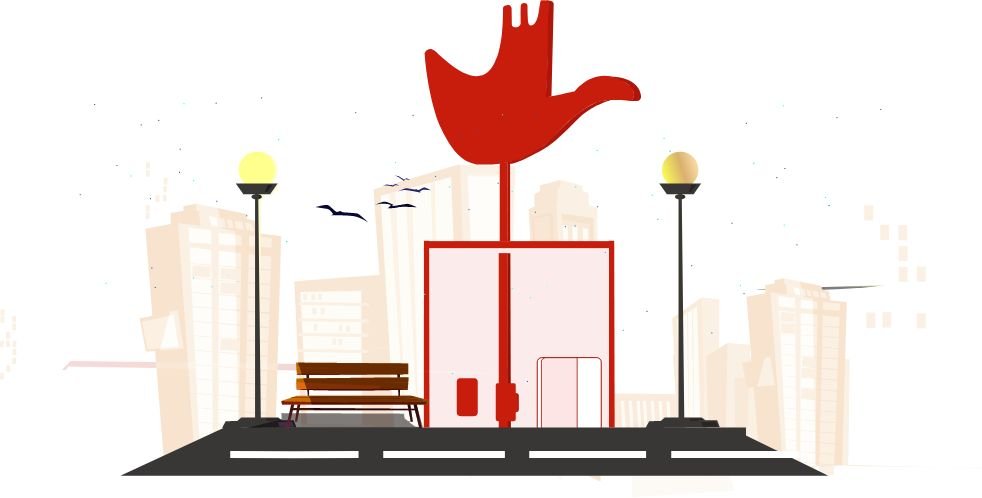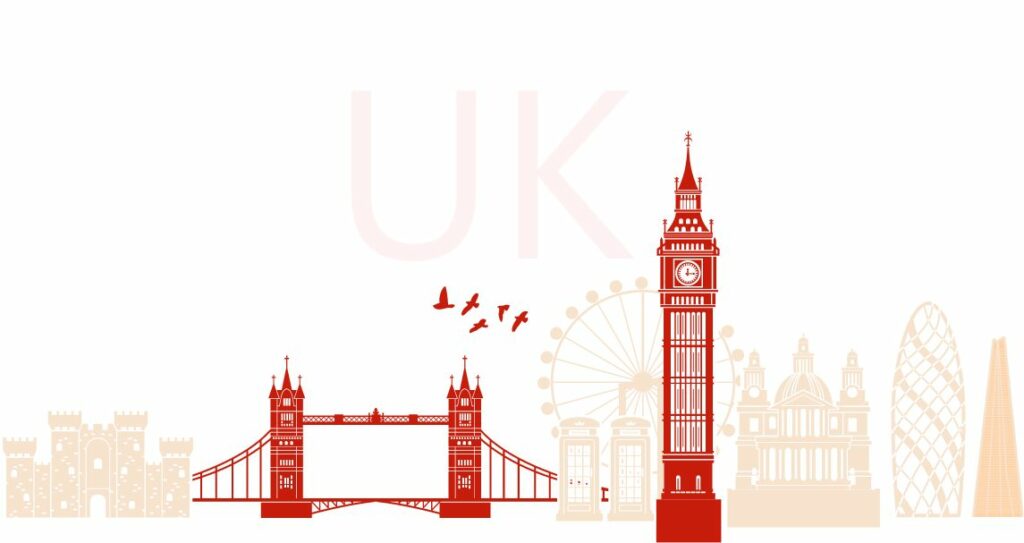The product backlog is a prioritized list of deliverables focusing on new features, fixing bugs, and implementing feedback from various sources. From developers, business development teams, users, or sales departments, the feedback is considered a rich source of improving the future of the product. The product backlog is a decision-making process that makes marketers estimate, manage, and prioritize everything that needs to be implemented to improve the customer journey.
If the process of the product backlog is ignored, then, Boards can lack focus and become clogged with unaddressed feedback. On the other hand, the backlog ensures that all the relevant and functional features are implemented in the product’s mechanism. It is much more than a to-do list as the backlog refinement process offers insight into what customers want to buy.
Besides, iteration and release planning become easier with the well-prioritized product backlog. The process begins after determining the structured roadmap while helping project managers to assess the strategic vision. For instance, the key option to keep backlog attributes effective is streamlining the categories and labeling them. With this initial step, the purpose of the backlog gets clarity. Here are some of the important considerations while executing this process of backlog.
Why is product backlog refinement essential?
The product backlog refinement is beneficial in understanding the expectations of customers. To improve their experience by working on the feedback shared by them starts with the backlog implementation. Primarily, there are three goals of this process to empower the organization and deliver the smooth solution to the customers, namely:
- Identifying the purpose of implementing the feedback by deploying necessary resources for backlog. Offering flexibility in implementing backlog attributes according to expectations and reality
- To attain the highest accuracy level in product release forecasts through proper backlog implementation
Accomplishing and applying the sprint backlog should focus on backlog building techniques rather than randomly aligning the feedbacks.
Hire What Is Product Backlog? A Comprehensive Guide (2022)
Discuss your Requirements
Advantages of Product Backlog Implementation
As discussed above, customer feedback and other post-product development feedbacks significantly impact the backlog. But, it is important to understand the following benefits of backlog prioritization:
- Higher Return on Investment
- Risks are minimized
- Dependencies are managed in a better way
- Attaining a higher level of customer or business satisfaction
- Value-driven development can be focused on
Benefits of Product Backlog to the Scrum Team
- Improved visibility to choose stories that have sprint scope according to available bandwidth
- The scrum team is groomed effectively, and time of story selection is saved
- Sprint planning becomes better
- The scope of dropping stories from available sprint bandwidth gets better
Agile Product vs. Sprint Backlog
The common differences between product and sprint backlog pertain to immediacy, granularity, and content.
A product backlog is a long-term plan with a concrete deliverable vision whereas, a sprint backlog is intended at the team’s sprint, hence, a short-term plan. Most of the time, the sprint backlog is considered the subset of backlog, which cannot be denied. The sprint backlog consists of many elements of the backlog process. Nevertheless, in terms of practice, the team’s prime focus is on the assigned task in the sprint backlog.
Product Backlog: This is the framework of the organization’s vision depending on the plans to make the product competitive. The outcome of the backlog item results from the collaborative efforts of stakeholders, customers, analysts, team, and the major decision-makers of the company. The entire process of backlog management operates in a transition mode, wherein the priorities are subject to change. A mix of granularity is also preferred in this backlog process and overseen by the product owner.
Sprint Backlog: In this type of backlog, the team focuses on the framework according to current organizational goals or according to the sprint. Generally, there is a fixed period of the sprint, wherein, at the end of the sprint, a backlog item does not change, and it consists of user stories. But, there can be bugs or refactoring work during the process of backlog implementation. The whole idea of sprint backlog implementation is to incorporate the story of users for improving their experience.
Roadmap and Requirements in Backlog Process
The roadmap and requirements serve as the foundation for the execution of the backlog. In the case of roadmap initiatives, several factors are split into single factors in the backlog process to assess user stories and requirements. In addition, the product owner manages user stories to understand customer priority, the urgency of seeking feedback, challenges in the implementation of the backlog, and the relationship between work items.
Apart from this, backlog product owner seeks feedback from customers, designers, and the development team to get requirements insights before the product delivery. The owner reviews every challenge or issue to check if it is actionable. Multiple points are determined by backlog owners in agile while employing the best practices. Here are some of the important points of relevance related to the product owner’s approach to executing backlog:
- New issues pipeline is maintained for addressing new issues and feedbacks
- Actionable issues are chalked out from the data of issues and feedbacks
- Freezing the issues in the pipeline is the right alternative for tackling the valuable issues which cannot currently fit in the sprint
- The product owner has the decision-making power to decide the timeline and process of product development
- The issue which does not get rectified as a part of the backlog currently should be closed, but it can be re-opened later
Product Backlog Example
In the product backlog process, there are mainly four categories: features & bugs, which can visibly track, but technical debt and research are other categories that might be invisible, yet product owners cannot overlook them. Here is a crucial product backlog example for better understanding:
In Agile, ‘user stories’ denote backlog items which can also be written in documents by recording traditional requirements. From analyzing new features, technical debt, and bugs to research, all the backlog best practices are carried out systematically to organize the backlog. In terms of new features, achieving customer satisfaction is the chief goal. Furthermore, upcoming sales opportunities and working on a long-term vision of product development are taken into consideration.
Moreover, direction & scope, technology & best practices, and performance & scalability expectations are among the major parts of backlog creation.
Among the various product backlog characteristics, measurable value, prioritization, estimation, utility, and active status of the backlog are worth consideration. These points of relevance enable you to assess whether you have a good backlog or a scope for improvement. The whole point is to make the workflow backlog result-driven, and it should contribute to the improved customer experience.
Esferasoft Can Help You Hire What Is Product Backlog? A Comprehensive Guide (2022)
How to Prioritize the backlog?
To make the product backlog format to be executed as estimated through feedback received from various sources, the following aspects are important for your product development team:
- Impact: Whether the customers are benefited from the decision taken by the product owner or not
- Depth: Does the feedback implementation serve the purpose of customer expectations
- Breadth: Number of people benefiting from the product backlog plan
- Opportunity: Will the backlog be the pathway to market opportunities?
- Challenges: Factors like time, efforts, and duration consumed to complete the backlog
Apart from the above options of prioritizing product backlog, strategic implementation, duration of backlog execution, acquisition, retention, conversion, and product account are some other ways of prioritizing backlog in agile.
Wrapping Up
The proper planning and improved measures of product backlog refinement are key driving factors to managing the process like a pro and from constant transitions, attaining productivity and adding maximum value to the business while reaching customer satisfaction level, the product backlog in agile needs to be implemented through best practices. Lastly, the product owner, scrum master who facilitates the prioritization and development team should harmoniously work towards product backlog and product roadmap.

